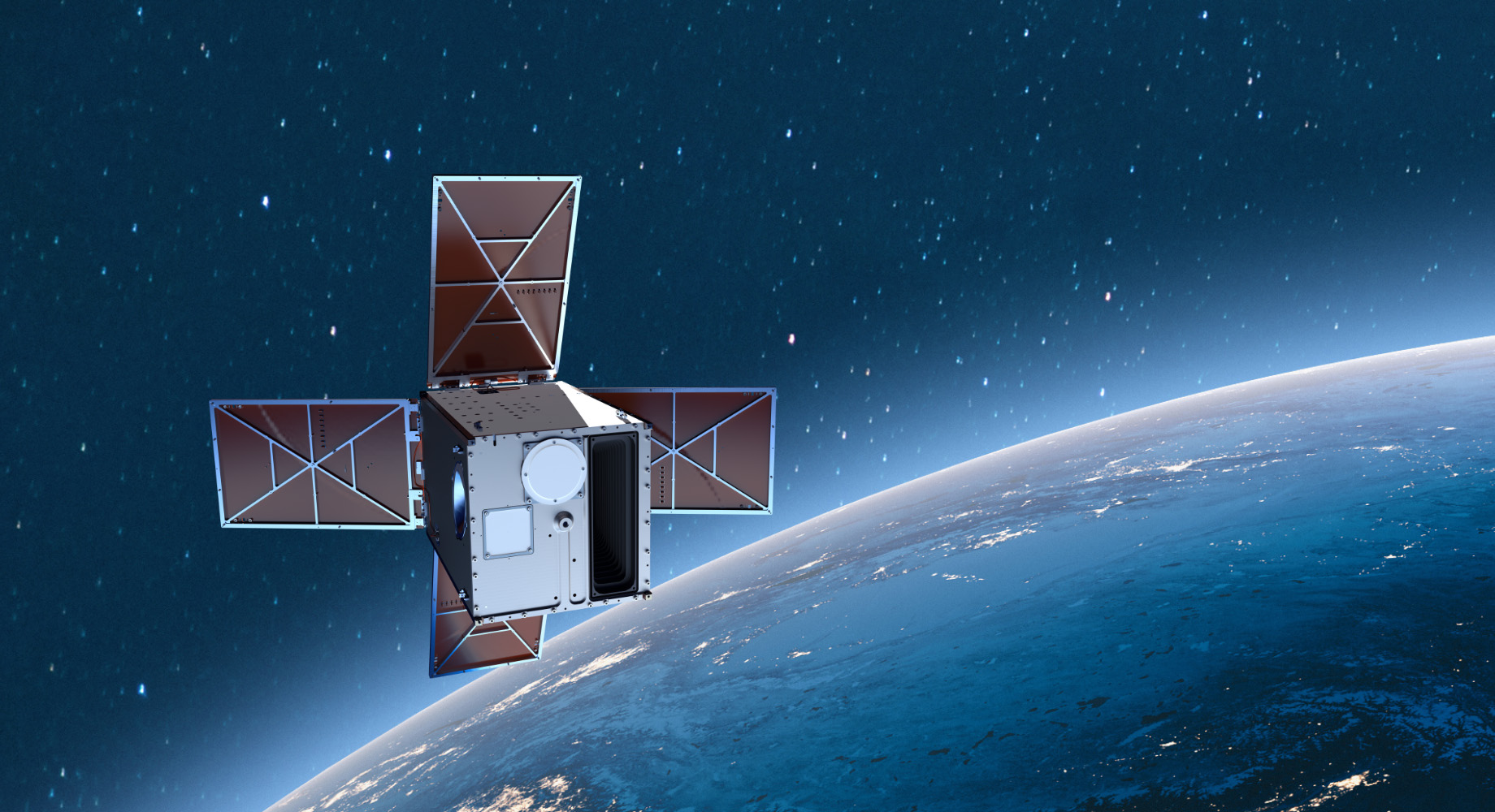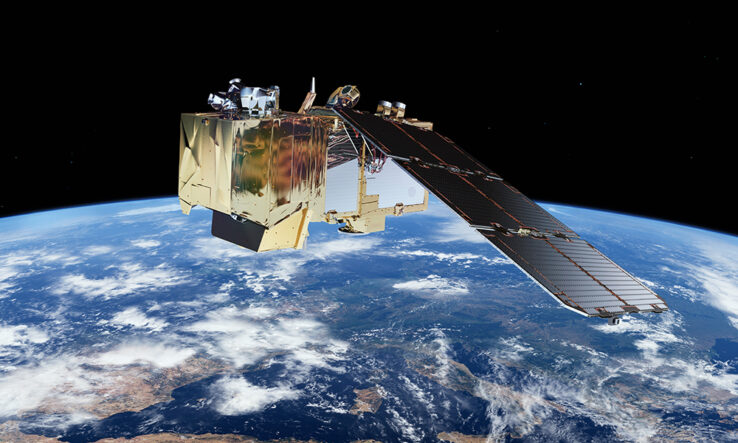Φsat-2 Launched on August 16, 2024, Features AI for Superior Earth Observation Capabilities
On August 16, 2024, the European Space Agency (ESA) launched its Φsat-2 satellite aboard a SpaceX Falcon 9 rocket from Vandenberg Space Force Base in California. This mission represents a significant leap in Earth observation technology. Unlike traditional satellites that rely on ground-based processing, Φsat-2—a state-of-the-art CubeSat—employs advanced artificial intelligence (AI) alongside a multispectral camera to process and analyze images directly in orbit. This real-time data processing capability marks a transformative step in satellite-based Earth monitoring.
AI-Powered Earth Observation
The AI enhancements of Φsat-2 revolutionize the way space data is handled. Conventional Earth observation satellites transmit vast amounts of raw data to ground stations, where it is processed. However, Φsat-2’s onboard AI can analyze data in real-time, significantly reducing the need for data downlinking. By processing images in orbit, the satellite is capable of filtering out cloud-covered or obstructed images and only transmitting the most valuable data back to Earth. This optimizes both the quantity and quality of usable data and ensures faster availability of critical information.
Multifaceted AI Applications
The Φsat-2 satellite is equipped with several groundbreaking applications designed to maximize the utility of Earth observation data. A prominent feature is the cloud detection application developed by KP Labs, which uses AI to identify and discard images obscured by clouds, thereby improving the reliability and clarity of the data. Additionally, the Sat2Map application by CGI transforms satellite imagery into detailed street maps, which is crucial for emergency response and urban planning. Another notable tool is the maritime vessel detection system by CEiiA, which employs machine learning algorithms to monitor and classify vessels, enhancing maritime security and environmental monitoring efforts.
Future Integrations
The capabilities of Φsat-2 will expand further as more applications are integrated into its system. Among the upcoming features are marine anomaly detection tools designed to identify environmental hazards like oil spills, and advanced wildfire detection algorithms that will provide real-time updates on fire outbreaks. These additions, spearheaded by Open Cosmos in collaboration with various partners, are set to provide more comprehensive monitoring capabilities, particularly in managing natural disasters and environmental threats.
Collaboration and Impact
The development and deployment of Φsat-2 reflect a collaborative effort between multiple organizations, including the ESA, Open Cosmos, and other private entities. This mission not only enhances the EU’s capacity for real-time environmental monitoring but also sets a precedent for future satellite missions that leverage AI to reduce dependency on ground-based data processing. The real-time capabilities of Φsat-2 are expected to play a crucial role in global disaster response, climate monitoring, and maritime security, demonstrating the transformative potential of AI-driven space technologies.
Significance in Earth Observation
By integrating AI technology directly into its orbit-based systems, Φsat-2 marks a paradigm shift in Earth observation. The reduced latency in data processing and the ability to deliver more targeted information to decision-makers on the ground will significantly improve response times for disaster management, environmental monitoring, and security operations. The advancements brought by Φsat-2 will likely serve as a model for future satellite designs and AI integration in space technologies.
The Path Forward
Looking ahead, the successful deployment of Φsat-2 opens new avenues for expanding AI-based capabilities in space exploration and Earth monitoring. The ESA’s mission is to leverage AI not only for immediate practical benefits but also to push the boundaries of what is possible in space science. The success of Φsat-2 could inspire further innovation in how data is collected, processed, and utilized in orbit, paving the way for more responsive and intelligent space missions



















